From the pristine suburban areas to the golden land in the heart of the city, from Ho Chi Minh City to Hanoi , private real estate companies not only build modern works but also create iconic architecture. Not only redefining the concept of modern urban areas, businesses also build integrated lifestyles in line with development trends.
Before the emergence of private real estate corporations, Vietnamese real estate was popular in the form of tube houses, with the model of dividing land into plots for sale or monotonous high-rise buildings. Real estate companies built new apartment blocks but the aesthetics were not high, lacking accompanying services and utilities.
The emergence of private real estate developers has breathed new life into the real estate industry, changing the quality and services of the industry, creating self-contained urban areas. Here, residents can live, work, study, and play in the same integrated space, such as Phu My Hung, Ecopark, or The Global City of Masterise Group…
Not only creating a place to live, businesses also set standards and symbols for a new standard of living - where trees, lakes, schools, hospitals, and shopping centers are present at every step.
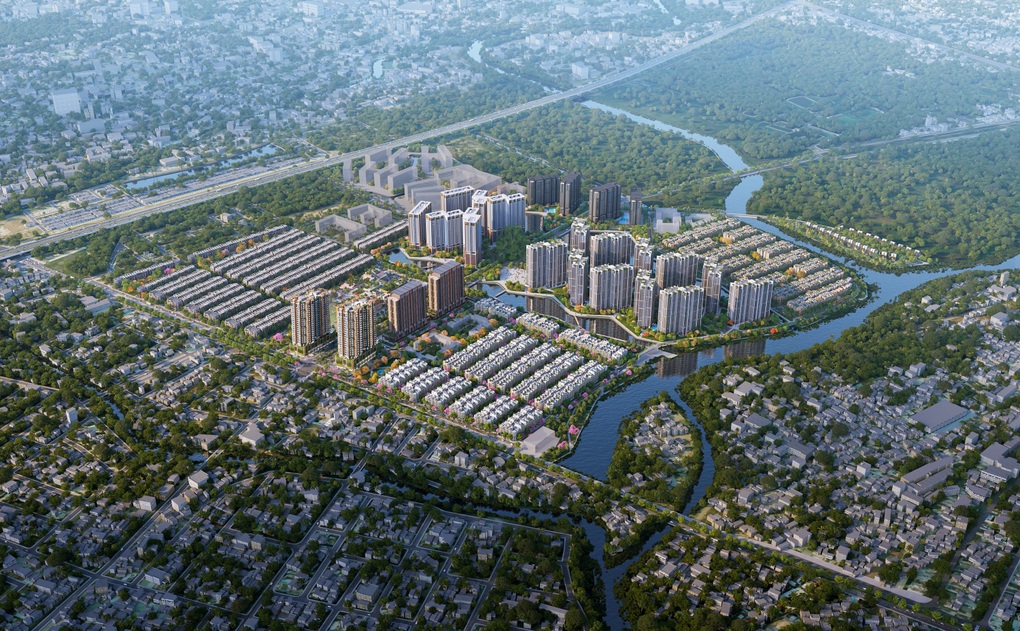
The Global City, iconic urban area, new center of Ho Chi Minh City, created by Masterise Group.
Not only stopping at large-scale urban areas, the private sector also contributes to improving the appearance of big cities such as Hanoi, Ho Chi Minh City, Da Nang ... with symbolic projects. The brands introduce to tourists and international friends a developed and dynamic Vietnam. These projects not only mark the boldness of vision but also affirm the construction capacity, finance, and project management ability of private real estate companies.
The special thing about the new generation of project developers is the aspiration to reach international standards. Cooperating with global brands such as Marriott, Ritz-Carlton, Foster + Partners..., businesses bring the spirit of "brand" to real estate. Thanks to that, construction quality, architectural aesthetics and after-sales service are significantly improved, contributing to raising the image of urban and prosperous Vietnam on the world map.
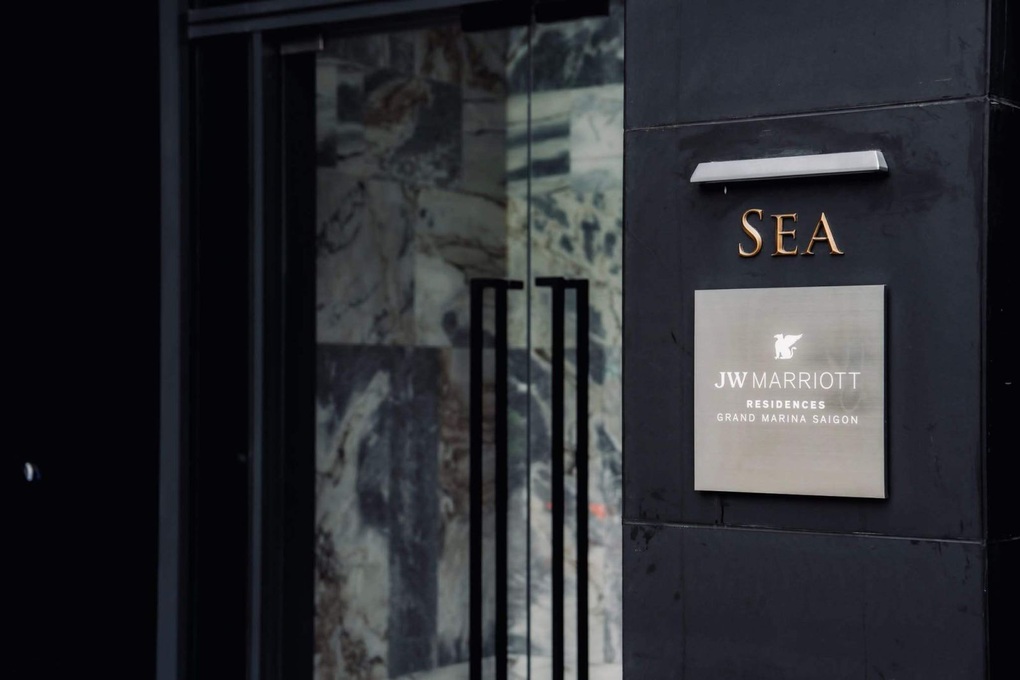
International footprint at Grand Marina, Saigon - The world's largest Marriott & JW Marriott branded apartment complex.
In the development flow of the country, the private sector, especially real estate enterprises, has promoted its advantages and creativity, building modern, civilized buildings and urban areas with the desire for integration.
Infrastructure bottlenecks and bottlenecks waiting to be broken
At the Dragon Capital conference held in mid-July, Dr. Le Anh Tuan, Dragon Capital's Strategy Director, assessed that a bottleneck for Vietnam's economy is the lack of synchronous infrastructure, causing logistics costs to be at 18%. In the region, this figure is only lower than Indonesia - a country with many islands and significantly higher than regional economies such as Japan (8%), Singapore (8%), South Korea (9-10%), Malaysia (13%), Thailand (13.9%), China (14.4%)... This significantly affects national competitiveness.
Dragon Capital experts cited large projects such as Ho Chi Minh City metro line 1 which took decades to build, test, and operate before being put into operation.
Dr. Le Anh Tuan expects that the participation of the private economic sector in the upcoming infrastructure sector will speed up the implementation of important projects, reduce logistics costs and contribute to creating breakthrough opportunities for the Vietnamese economy.
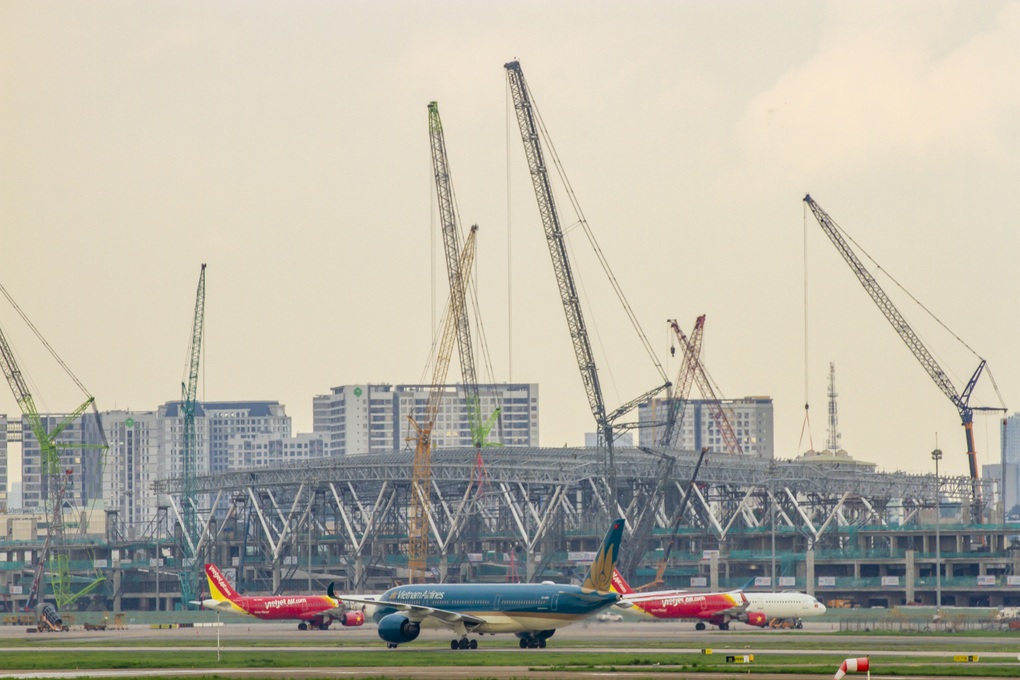
Private corporations have the advantage of flexible financial resources to participate in large projects (Photo: istock).
Private corporations have advantages in flexibility, service thinking, decisiveness and the ability to mobilize financial resources outside the budget. The public-private partnership (PPP) mechanism, if operated transparently, will be an effective solution to remove bottlenecks that slow down the development of key infrastructure projects such as urban railway projects, airports, North-South high-speed trains, etc. The spirit of Resolution No. 68-NQ/TW breathes new life into infrastructure projects, creating a faster and more rapid push for the private economic sector, which is one of the solutions.
From Changi, Taoyuan and Incheon… a look at Vietnam's infrastructure
Changi International Airport (Singapore) is one of the busiest international airports in Southeast Asia. For many years, Changi has been rated as one of the world's leading airports in terms of service quality, customer experience and efficient operations. The highlight of the airport is Jewel Changi, a project with many symbols: the world's tallest indoor waterfall, an artificial tropical forest, a classy shopping - dining - entertainment space and a tourist destination not to be missed when coming to the lion island.
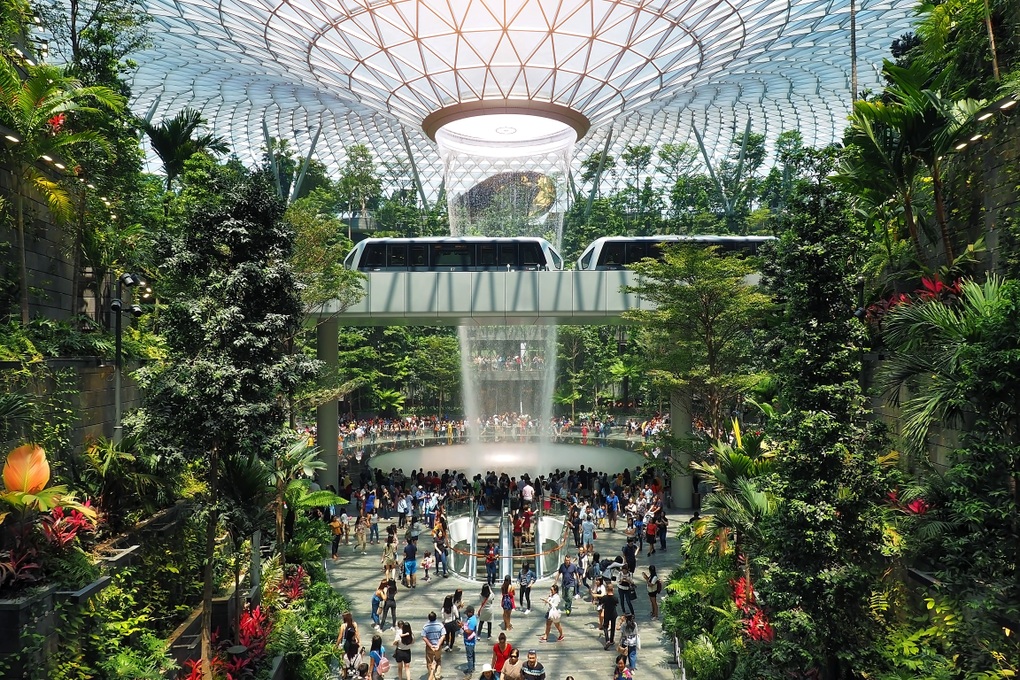
Rain Vortex, a 40m-high indoor waterfall located inside Jewal Changi Airport in Singapore (Photo: istock).
The project is developed by a joint venture between Changi Airport Group and a private real estate group. The smooth coordination between the state and private sectors in planning, investing and operating infrastructure creates a new way of thinking about the airport, not limited to the function of a pick-up and drop-off point but a center for providing services and experiences. This is proof that when the private sector participates in the operation and exploitation of public infrastructure, with a vision and service mindset, quality and efficiency will be improved.
South Korea and Taiwan (China) both have similar models of airport infrastructure and logistics development, where the state plays a leading strategic role and private enterprises are deeply involved in design, construction, operation and service exploitation.
For example, Incheon Airport (South Korea) - once the airport with the highest retail revenue in the world, surpassing Changi - is operated by Incheon International Airport Corporation (IIAC), a state-owned company but operates as an independent enterprise under a commercial mechanism.
In Taiwan (China), phase 3 of Taoyuan International Airport is under construction with an investment capital of 2.3 billion USD, following the PPP model, many service facilities have the participation of the private sector.
At the workshop "Breakthrough in institutional reform for the private economy to make a breakthrough" on key infrastructure projects with the participation of the private sector, Dr. Can Van Luc said that private enterprises that meet four criteria: technology and engineering, financial plans, operational management, and risk control can participate.
Airport infrastructure is the face of a country - the first place that tourists, investors and the world come into contact with when coming to Vietnam. Developed countries all have a common formula for infrastructure development: combining the strategic control of the state with the capacity of the private sector to deploy, commercialize and operate flexibly. This is a model worth considering when developing airports, seaports and logistics in a modern, efficient and sustainable direction - especially when the public budget is under great pressure due to the goals of social security, education and national defense.
In Vietnam, the participation of the private sector, typically Masterise Group in the infrastructure sector, has brought a new wind, market acumen and determination to break through. If given the opportunity, Vietnamese private enterprises can become a strategic driving force to help Vietnam narrow the infrastructure gap, improve national competitiveness and enter a new era of development.
Source: https://dantri.com.vn/kinh-doanh/luc-day-moi-gop-phan-thay-doi-dien-mao-ha-tang-va-do-thi-viet-nam-20250730134751537.htm


![[Photo] Cutting hills to make way for people to travel on route 14E that suffered landslides](https://vphoto.vietnam.vn/thumb/1200x675/vietnam/resource/IMAGE/2025/11/08/1762599969318_ndo_br_thiet-ke-chua-co-ten-2025-11-08t154639923-png.webp)









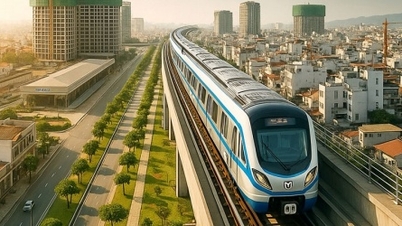
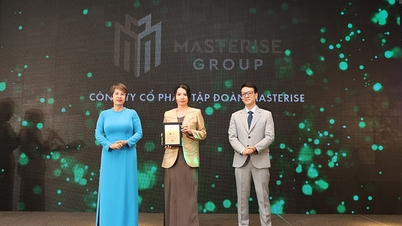
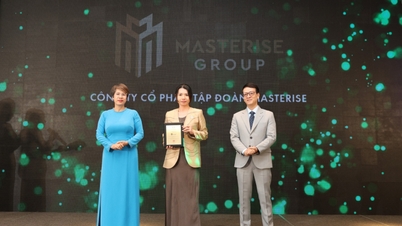















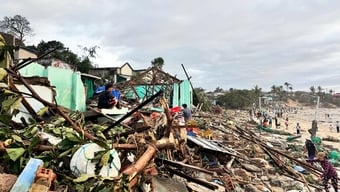
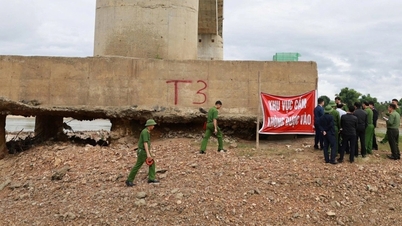


![[Photo] "Ship graveyard" on Xuan Dai Bay](https://vphoto.vietnam.vn/thumb/1200x675/vietnam/resource/IMAGE/2025/11/08/1762577162805_ndo_br_tb5-jpg.webp)








![[Video] Hue Monuments reopen to welcome visitors](https://vphoto.vietnam.vn/thumb/402x226/vietnam/resource/IMAGE/2025/11/05/1762301089171_dung01-05-43-09still013-jpg.webp)




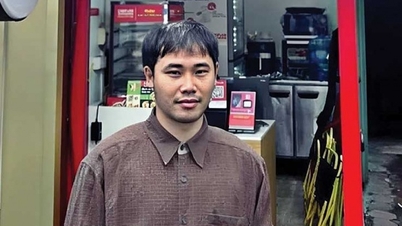





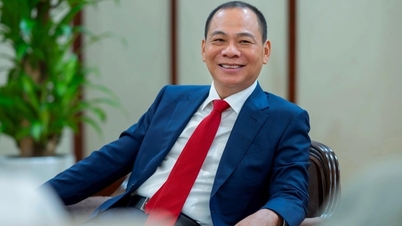

















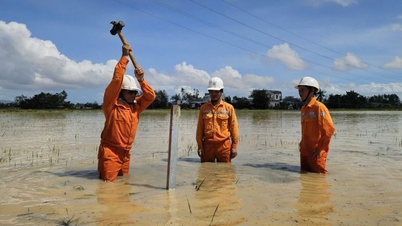








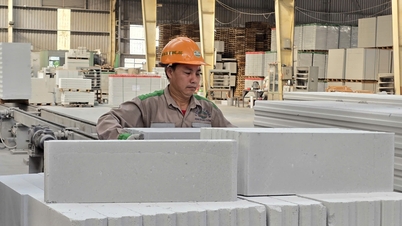







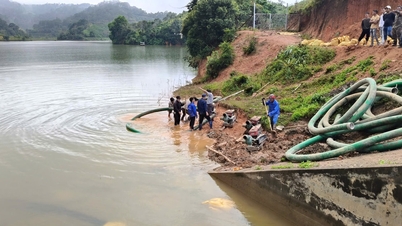
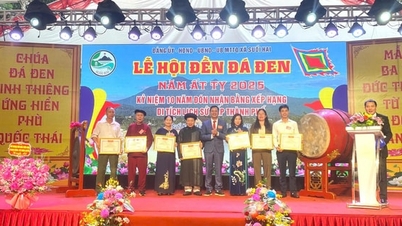
















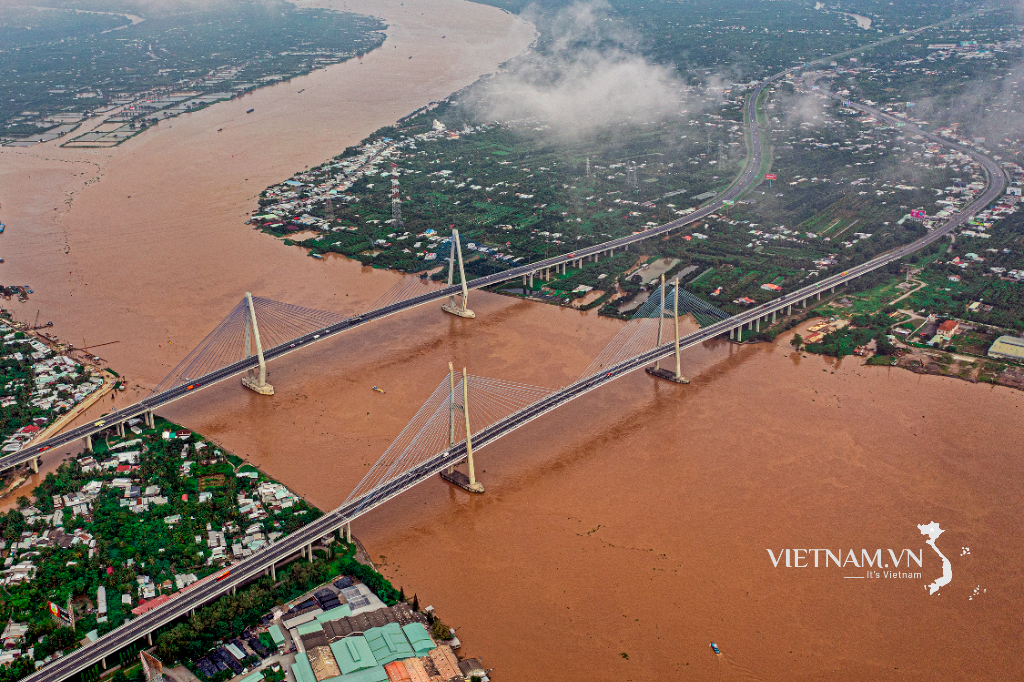
Comment (0)